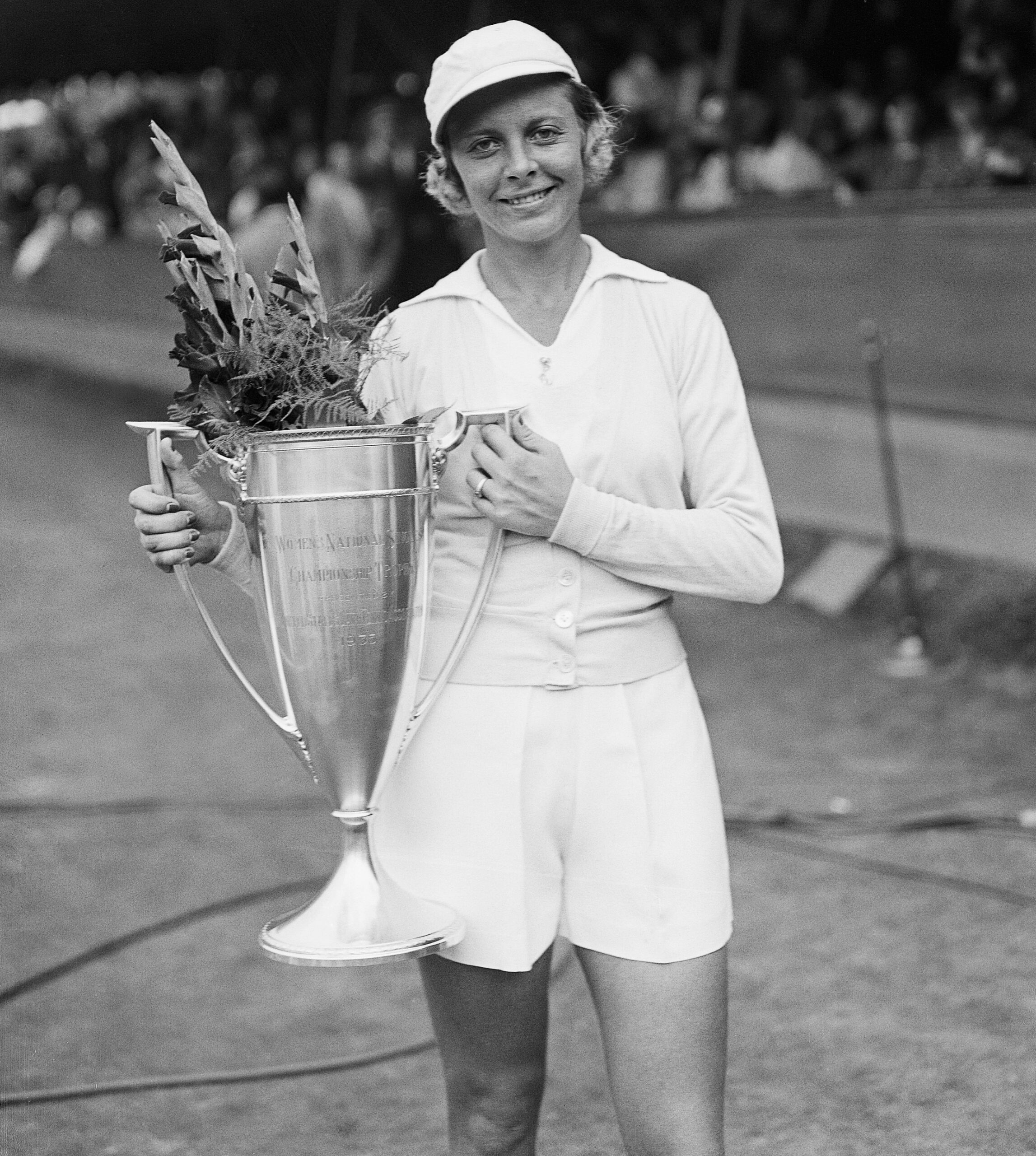A big scene in Tomboy takes place at the 1939 Wimbledon ladies’ singles championship. I know of few better places than Centre Court to explore the ways women in the 1930s fulfilled their ambition or found it thwarted. On the tennis court, women were allowed to publicly display their power and competitive spirit, though that went down more effectively with the press if a player was as conventionally beautiful and convincingly feminine as Alice Marble. (Maybe you’ve noticed that phenonenon hasn’t changed much.)
In my research stage, a friend and avid reader, Caroline Martin, recommended Robert Weintraub’s biography of San Francisco tennis player and Wimbledon champion, Alice Marble, The Divine Miss Marble: a Life of Tennis, Fame and Mystery.
Alice was a complex historical and pop culture figure. She won the last Wimbledon Championship in 1939 before the tournament closed for the duration of World War II. A fashion icon, she was plastered on magazine covers–note her shocking-for-1939 tennis shorts in the photo above. She sang in nightclubs, performed on radio shows, designed Wonder Woman’s costume and (maybe) spied on an Austrian banker to steal information about Nazi methods, information purportedly used in the Nuremberg trials. For readers who like to explore the story behind the story, I highly recommend Weintraub’s biography.
Tomboy’s Tommie O’Rourke was inspired by Alice, by her competitiveness, her charisma, her commercial appeal, all of which conflicted at times with her sensitivity, her sexual preferences and her secretiveness. I’ll share more on this later:)

Leave A Comment